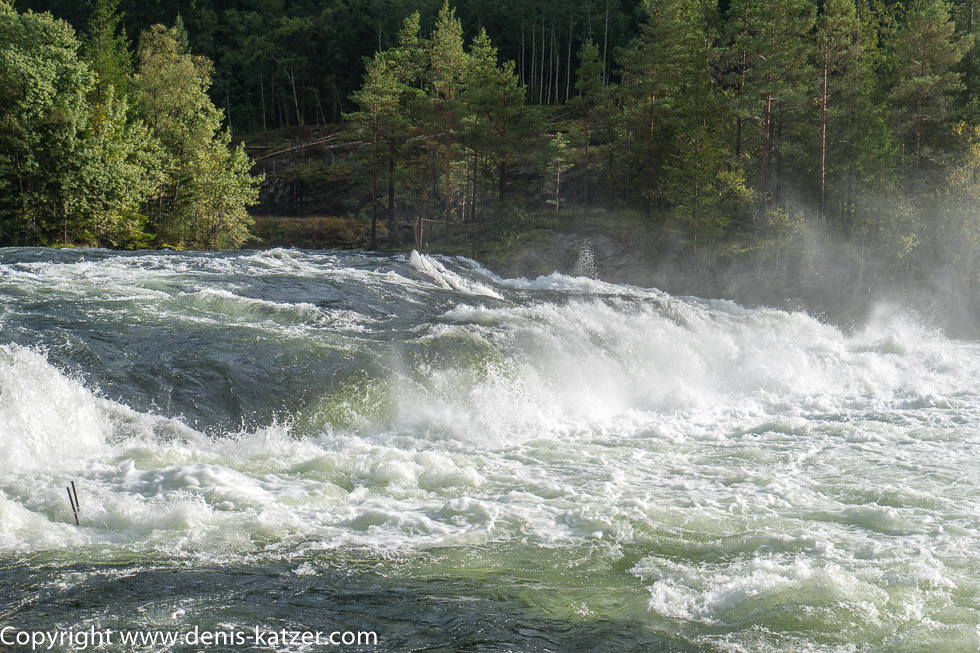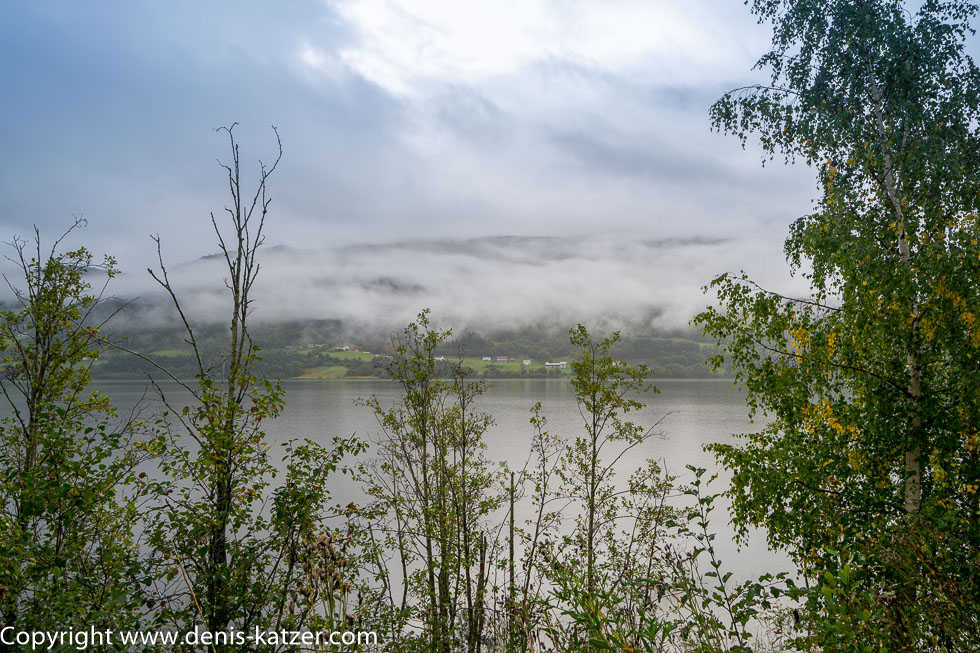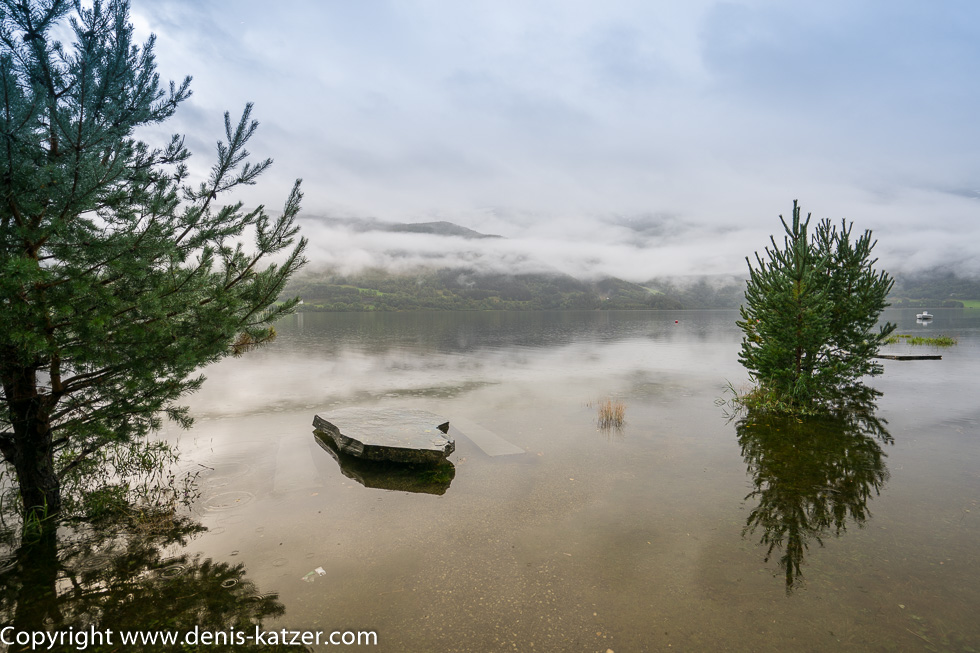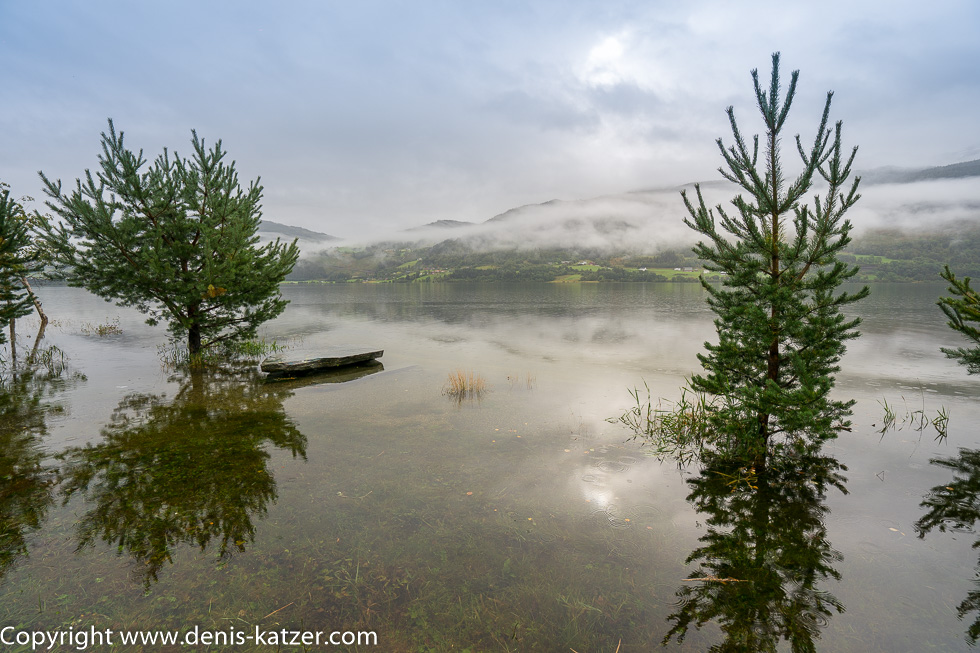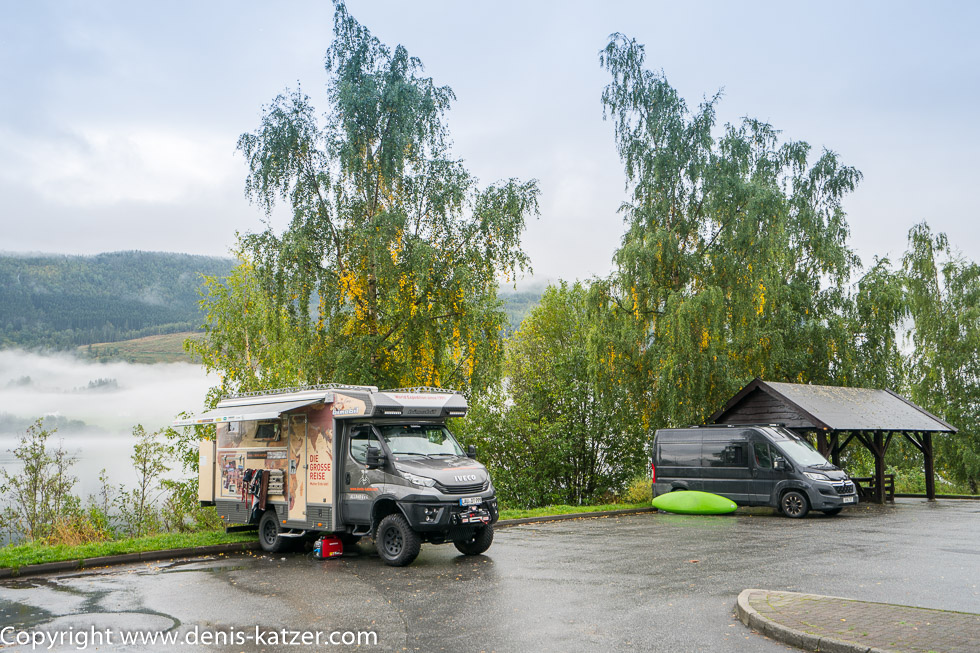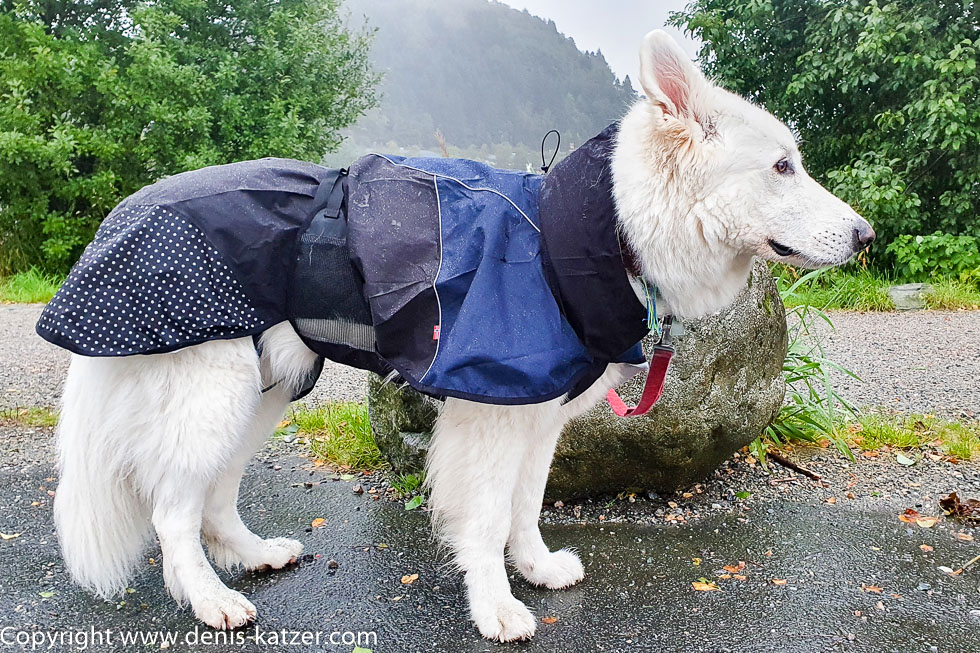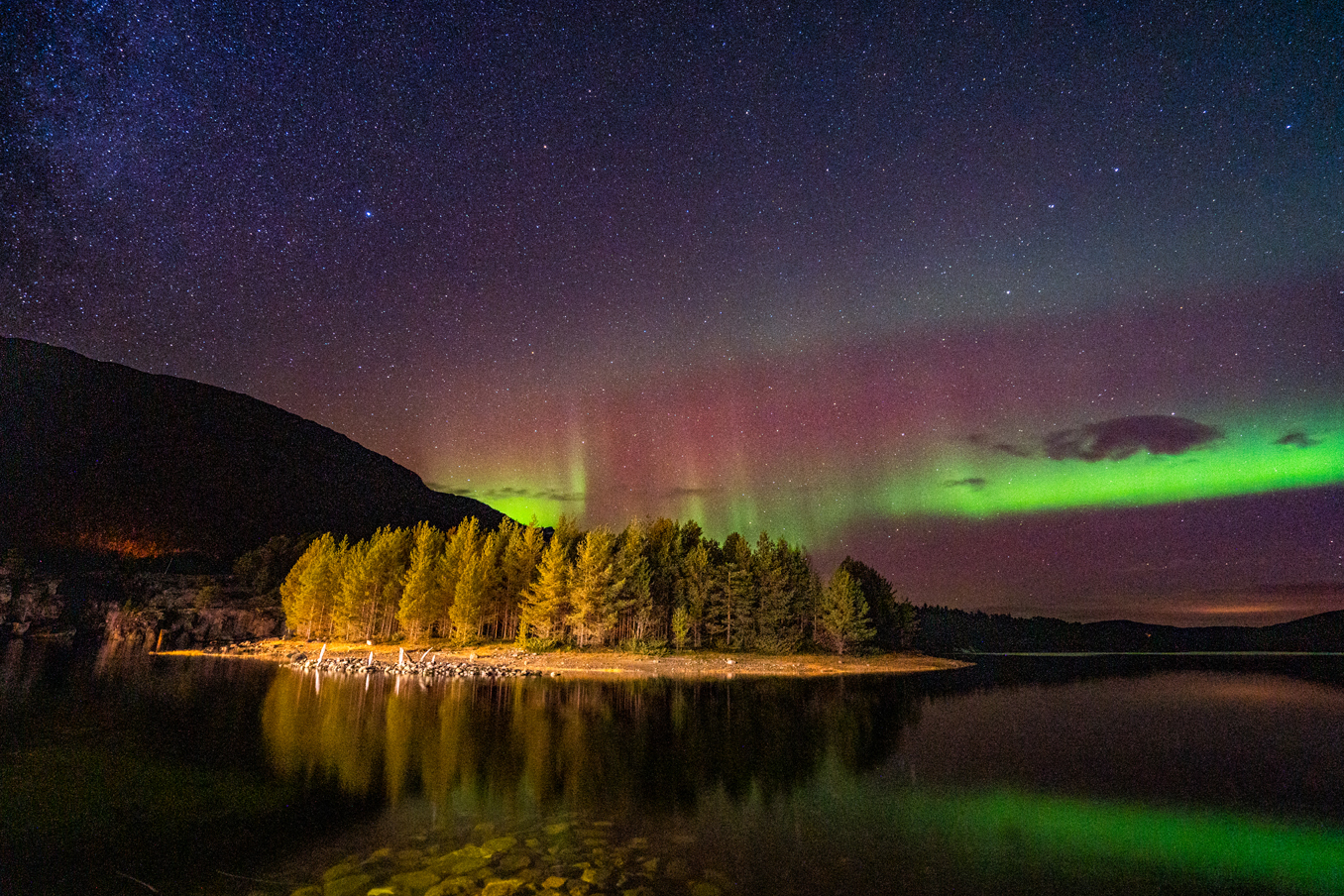
Gas refueling a problem in Norway?
N 60°37'05.21'' E 006°22'27.2''
Date:
12.09.2020 until 15.09.2020
Day: 041 – 044
Country:
Norway
Location:
Voss
Daily kilometers:
198 km
Total kilometers:
3418 km
Soil condition:
Asphalt
Ferry
0
Bridge crossings:
0
Tunnel passages:
42
Sunrise:
06:49 to 06:54
Sunset:
20:13 20:06
Temperature day max:
11°
Night temperature min:
09°
Departure:
10:0
Arrival time:
17:10
(Photos of the diary entry can be found at the end of the text).
Click here for the podcasts!
Link to the current itinerary
(For more posts click on one of the flags in the map)
“Who would have thought it would be so difficult to fill up with gas in Norway,” I say as we turn up at the umpteenth gas station. “Try a BB,” recommends a service station employee. “I’ve never seen a BB filling station in Norway. Either they are very rare or they don’t exist at all,” I suspect. “If we don’t get gas, there will be no hot water for the shower in the future, the heating will also fail and I won’t be able to cook either,” says Tanja. “In the worst-case scenario, we would have to do without the gas heating and switch to diesel heating. That wouldn’t be a problem. It’s a different story when it comes to showering and cooking. But if we switch to diesel heating from today, we can cook for a few more weeks and have a hot shower now and then.” “Why should that be possible for so long?” “I’ve just checked our gas tank. It’s still half full. But if we really don’t get any gas in Norway, which I don’t think we will, we’ll run out on this tour. If it starts snowing in the far north, it’s going to be uncomfortable,” I muse.
We google LPG refueling options and find an app that leads us nowhere. “I’ll look it up for you,” a young worker at another petrol station helps us, googling on his smartphone. It doesn’t take long and he finds what he is looking for. “Thank you so much,” we shout and drive on. We reach the gas supplier 20 km after the town of Bergen. “I’m sorry. We used to have LPG years ago. Now we only sell gas cylinders for camping. There are now many electric vehicles in Norway. Hardly anyone uses gas as a fuel. I’ll give them an address. They should be successful there,” says the salesman. Another 17 kilometers along the road we see many caravans and mobile homes. “They are definitely sold here,” I conclude. “And where is there supposed to be gas?” I wonder, as we don’t see a gas station anywhere. “There’s a big white tank there!” shouts Tanja. “That’s it,” I say happily, parking right in front of it. I inspect the plant. There are no people to be seen for miles around, but a credit card machine indicates that you can actually get gas here. There is a black hose on the fuel pump. I unhook it from its anchorage and am startled. “They have completely different connections here than in Germany,” I realize. “And what do we do now?” asks Tanja. “No idea. Ah, I just remembered that I bought an adapter set for the different gas connections before we left. Maybe we’ll get lucky.” “You’re a genius,” Tanja cheers. “Don’t get too excited. I have to see if there’s anything suitable first,” I say, taking the case with the connections out of a cupboard in the Terra. “Looks good,” I say confidently, screwing the matching adapter onto our 30-liter gas tank. While Tanja inserts the credit card, I wait for the system to start so that we can fill up with the fine stuff. Unfortunately, nothing is happening. We try again and again, but the pump remains silent. “What a load of shit!” I grumble. We are just about to drive on when an older VW bus stops behind us. Three anglers from East Germany somehow made it across the border despite quarantine. One of them gets out and greets us in a friendly manner. “I don’t think the gas pump is working, but maybe you’ll have better luck.” The man inserts his credit card into the slot, clicks out the hose and lo and behold, the system starts running. “You first have to insert the card, then enter your pin and then pull the card out again,” he explains. No sooner said than done and lo and behold, it works. “Once again, I was lucky that the anglers came around the corner at just the right moment,” I realize.
160 kilometers later, we stop at a small parking bay to get something to eat. Then we use the time to repack something in the Terra. “It’s all wet!” I shout in horror as I tidy up in the alcove. “Wet?” “Yes,” I confirm and check where the water is coming from. “It’s condensation. We mustn’t put the wet rucksack up there under any circumstances,” I say, as Tanja has put it up there after shopping. The biggest challenge, however, is Ajaci. Tanja takes him for a walk three times a day to give him the exercise he needs. They come back soaking wet every time. It’s a challenge to get the wet clothes, shoes and a large 35-kilogram dog with long hair and a thick undercoat dry in this nasty weather. Almost impossible in such a small cabin. “During the rainy days we have to air out a lot,” I decide, continuing to check our terra for moisture. Condensation has formed on many cold bridges. No wonder, as it has been raining incessantly every day for almost two weeks now.
40 kilometers further along the road we find a nice resting place by a lake. With the weather app predicting more continuous rain for the next three days, we decide to stay here until the weather improves. “Can we afford the long stay?” “You mean, can we make it to the North Cape in the time we have?” “Yes, exactly.” “I don’t know. I hope so. But it also makes no sense to drive on in fog and thick clouds. The route to Geiranger Fjord is said to be one of the most interesting and beautiful roads in Europe. I would love to experience that. When we arrive at Geiranger, we have to step on the gas and cover longer distances. Then we’ll get there…
